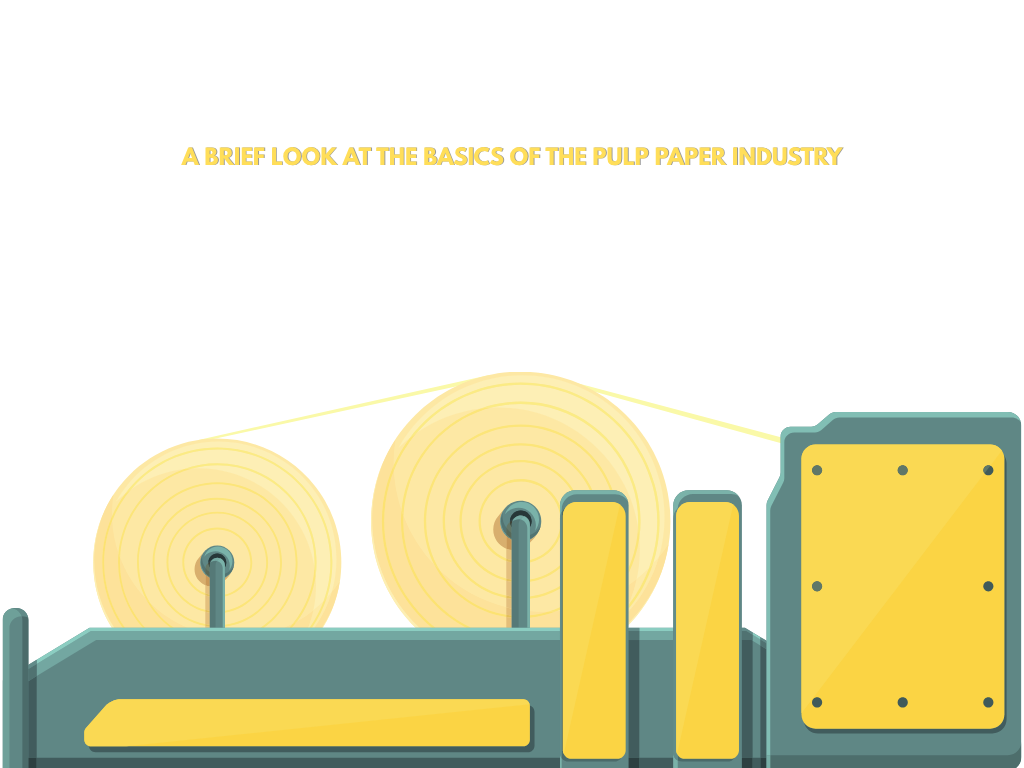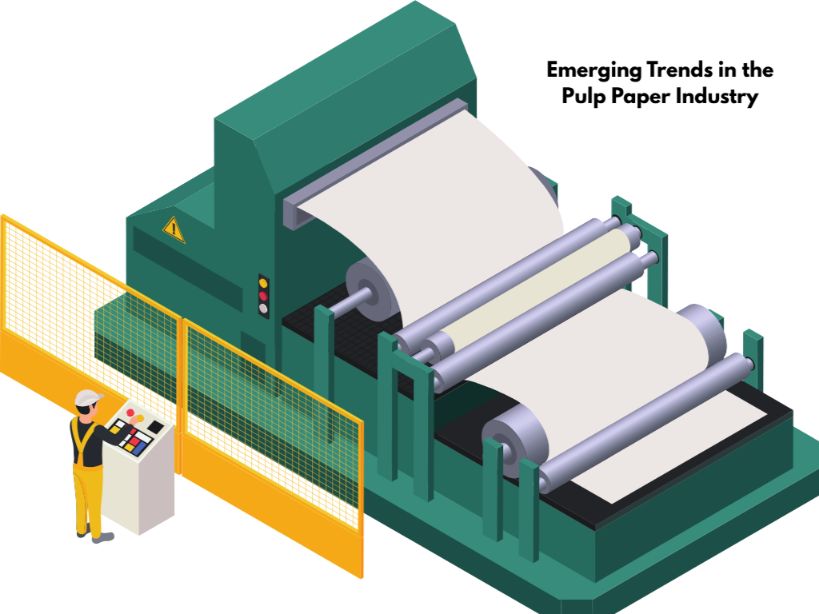A Brief Look at the Basics of the Pulp Paper Industry
The pulp paper industry has seen its fair share of turmoil throughout the pandemic with pulp prices seeing a lot of fluctuation over the last few years. Pulp, as we know is one of the primary resources that is used by a number of industries that have been equally affected. But what is “pulp”? Let us take a deeper dive into the pulp paper industry and understand what the significant factors that the industry seeks out are.
The basics of pulp fibres from the pulp paper industry
These are some of the factors that determine fibre quality making them crucial for paper manufacturers and the paper manufacturing industry. Important paper fibre qualities include:
- Wet sheet strength
- Porosity
- Water retention value
- Drainage
- Bulk properties
- Stiffness of the fibre
- Tensile
Almost every cellulosic pulp is made out of the same components. These include lignin, cellulose, hemicellulose, and a few other extractives. The factors that contribute to the quality of the fibre include the following:
- Wet sheet strength: This determines the fibre bonding as well as the pulp coarseness
- Porosity: Determinant of fibre bonding strength, coarseness as well as the dimensions of the fibre. Water retention value: This determines the thickness of the fibre walls, coarseness, and dimensions of the fibre.
- Drainage: This is related to the porosity, fibre population, strength and the water retention value of the pulp.
- Bulk properties: This includes properties like wall thickness of the pulp fibres, the diameter of the fibres and also coarseness.
- Stiffness of the fibre: This factor influences the wall thickness of pulp fibres and their length.
- Tensile: Determinant of the fibre length. Bonding strength and population.
- Tear: The fibre bonds and length
- Opacity: the fibre bonding, population, length and coarseness.
- Formation: Influencing the fibre population, coarseness and porosity.
A perfect harmony of these properties is required for optimised production, resulting in a high-quality product that adheres to market standards and customer demands.
“Mixed Southern Hardwoods” is a fibre category that typically includes a species of oak and gum. Since oak can sometimes have a very large vessel element, needs to be properly managed to reduce surface pics for all printing grades.
The choice of which fibre to buy solely depends on the required finished product. The below-mentioned properties must be considered in order to optimize the performance of the manufacturing unit and the product.
- Coarseness
- The thickness of the fibre wall
- Inherent fibre strength
- Length of the fibre
- Fibre population

Coarseness/fibre rigidity
The first factor mentioned above, Coarseness, is an indicative property of a fibre that determines the perceived softness and flexibility of the final product. A highly coarse pulp is generally indicative of thicker fibre walls. Such fibre can make a more open paper structure which is porous, more absorbent and bulkier.
This means that such pulp fibres are quite difficult to individually collapse. Such fibres are also known to have higher drainage, lower bond strength and probably higher linting and picking. On the other end, low coarse fibres tend to have higher bond strength, enhanced water retention, and overall strength. Therefore, the coarseness or rigidity of fibre can have a huge impact on the bulk properties of the final product.

Fibre population
Fibre population is another important factor determining the quality of the finished product. Generally, a dense fibre population means a shorter fibre length and greater bonding. However, this can cause negative impacts on the porosity, softness and other bulk properties of the finished product.
Traditionally, eucalyptus has been the dominant resource in North America to produce paper towels and tissues, owing to its perfect fibre attributes which help it to offer better softness for the final product. Fibre from eucalyptus is unique as they have a high fibre population but can maintain better absorbency and bulk.
Finished products
To better suit the requirements of the paper machine, the finished product needs to be balanced in all aspects of its properties. These notions stand to change as technologies evolve. Canfor, Canadian integrated forest products company, has introduced PRP pulp.
Canfor’s pulp has a high fibre population which has longer fibre lengths and narrower fibre walls, giving it high strength, even during the first levels of refining. Another advantage that Canfor offers is that the pulp can be developed with less energy and time consumption.

Such engineered pulps are generally used in tandem with other resources to make an optimal recipe that allows the manufacturer to attain his objectives and also satisfy market and client expectations. Plenty of contemporary pulp makers are bringing in cost-effective alternatives to improve the viability of mills and the finished product. The key is choosing the perfect blend of fibres that accounts for the papermaker’s needs and the manufacturing objectives.
The Coniferous’ unique insights ensure that you do not miss out on any recent industry developments. In tandem with our eco-friendly efforts, we help you to understand the basics of the industry and how it is affecting you, as a consumer and supply. To know more about our products and to stay updated with the latest industry trends, visit our website today


